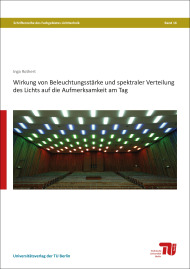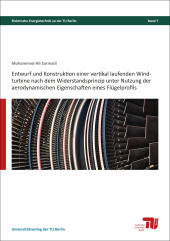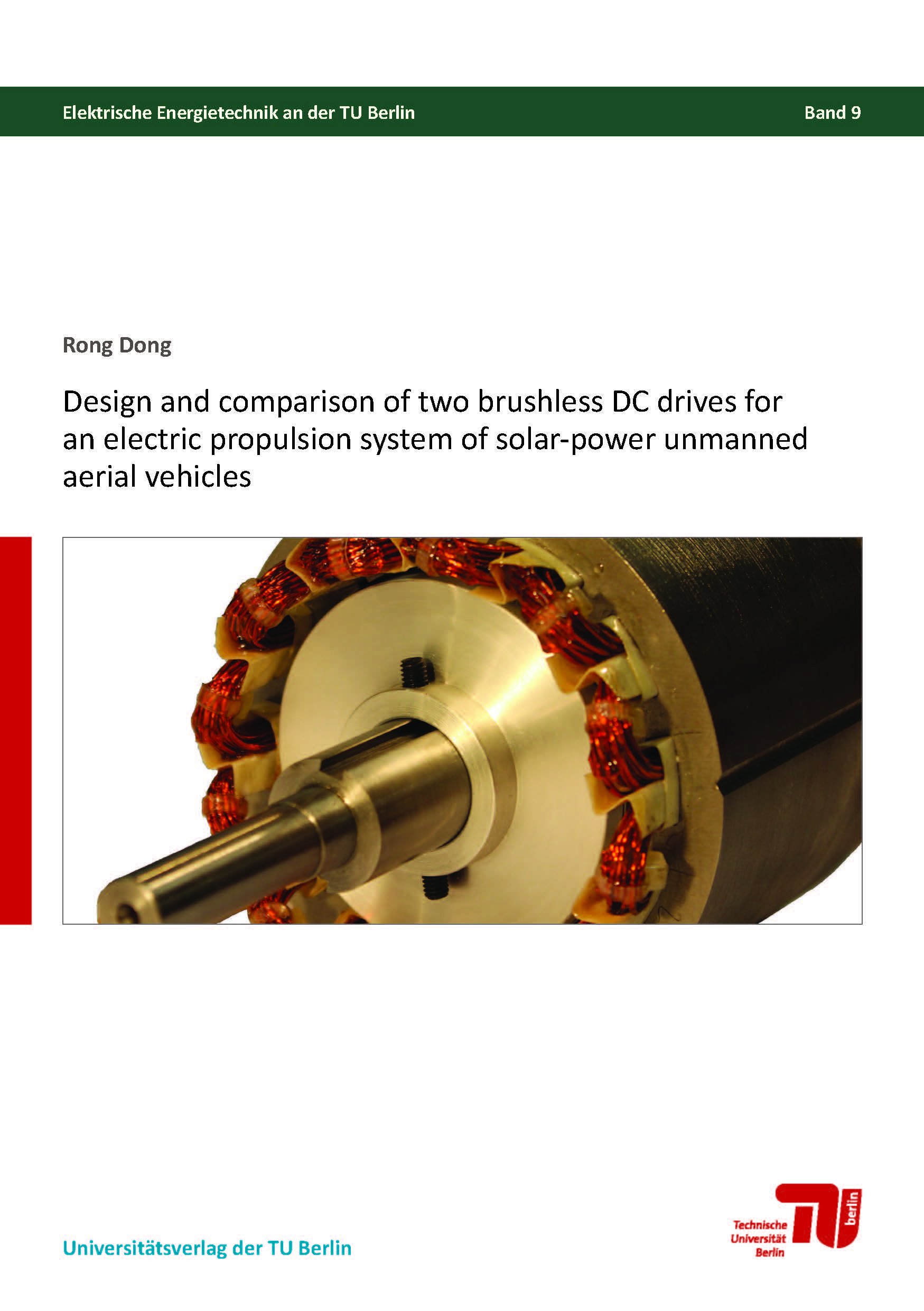Wirkung von Beleuchtungsstärke und spektraler Verteilung des Lichts auf die Aufmerksamkeit am Tag

Format: 14,8 x 21,0 cm
Publishing year: 2020
In the future, suboptimal learning conditions in schools or universities could be improved with the right light at the right time, because of further advancement of modern LED and light management technologies as well as growing knowledge on non-image-forming effects of light. Unfortunately, there is no consensus of what “right” means. The term non-image-forming effects combines a variety of different effects: e.g. the suppression of the hormone melatonin, the improvement of alertness or the impact on well-being. The effect of increased vertical illuminances at eye level or increased short wavelength part in the spectral distribution on melatonin suppression during nighttime is well proven. In case of acute alertness during the day, a requirement for learning, the evidence on effects of illuminances and spectral distributions is still inconsistent. Consequently, three studies on this subject were conducted in this doctoral thesis.Two illuminances and two spectral distributions were compared with 30 participants each in a laboratory experiment. The result showed that an increased vertical illuminance of 1 000 lx at eye level positively influences alertness in comparison to a standard illuminance of 200 lx at eye level. A larger short wavelength part in the spectrum of 12 000 K did not differ from 2 200 K concerning alertness. The interaction of both variables indicated that simultaneously increased illuminance and short wavelength part (12 000 K and 1 000 lx at eye level) have a negative effect on alertness. These results were determined with the cognitive tasks d2R-Test and Go-NoGo-Test. Subjective alertness, measured with the Karolinska-Sleepiness-Scale, was not influenced by illumination. A field study in a lecture hall did not observe effects of illumination on alertness, neither with subjective nor cognitive tests. Possible explanations are less extreme lighting conditions (high illuminance: 400 lx vertical at eye level, high short wavelength part: 9 000 K) than in the laboratory, greater influence of confounding parameters in the field, a prolonged learning effect of the monotonous d2R-Test and the possibility that the potential effect of light on alertness might be too small for detection. Other influence parameters like reported effort, food and caffeine intake, sickness and sleep problems to some extend had greater impact on alertness than light. These relations should be further studied for a better understanding of the complex influence of light on humans. Another laboratory study found no difference of the impact of dynamic vs. static illumination on alertness. Lighting conditions with large short wavelength part in the spectrum were rated less acceptable in comparison to lighting conditions with low or medium short wavelength part in all experiments.This thesis demonstrated that a higher illuminance level very likely is beneficial for alertness during the day. Recommendations for planning should not be concluded yet, because no evidence was provided in a real learning environment. Very high color temperatures (≥ 9 000 K) should be used with care, because a lower user acceptance can be expected as well as a negative effect on alertness in combination with high illuminance levels.



